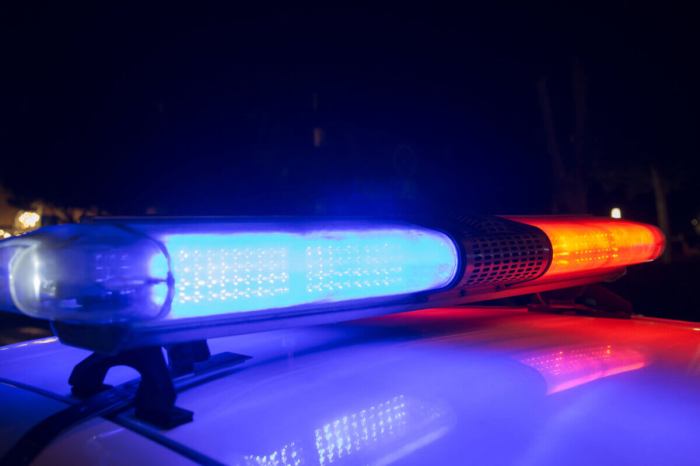One man’s trash is another man’s treasure, but environmental experts say New Yorkers aren’t doing enough to give a second life to their goods.
Bridget Anderson, DSNY’s Deputy Commissioner of Recycling and Sustainability, said that people are still throwing away about half of the items that they should be recycling. And she’s not just talking empty cans or old newspaper issues.
Old furniture, clothing, electronics, food scraps and more can be reused through both public and nonprofit initiatives but Anderson said the public isn’t really aware of them.
“We’re already spending the money to operate these programs. We want to make sure we’re maximizing the value of that investment,” she said.
About a third of the four million tons of annual waste that goes to landfills are food, yard waste and soiled food paper, but that could be used for fertile planting material for gardens throughout the city, according to DSNY.
In order to fix that problem, the city began curbside food scrap pickups in neighborhoods such as Red Hook, Ozone Park, Riverdale and Port Richmond. Anderson said the agency aims to expand the program and by the end of the year they hope to serve one million New Yorkers.
The pilot is complimented by several compost drop off spots that are run by nonprofit groups like GrowNYC. Christina Salvi, the Assistant Director of the Office of Recycling Outreach and Education, said the 9-year-old nonprofit’s mission was to provide environmental services to underserved neighborhoods and educate the public on ways they can reuse materials.
“When you’re looking to reduce your own waste, it’s also about your consumption,” she said. “We try to help connect these things for people that are relatively simple.”
One of those simple green methods is thrift shopping, according to Wendy Brawer, the founder of the environmental group Green Map. About 200,000 tons of clothing end up in landfills annually along with several tons of toys, furniture, and other products, according to the sanitation department.
Buying second hand items prevents harmful chemicals from getting into the soil and extends the life of products, according to Brewer
“It’s more sustainable and [has] more variety,” Brewer said.
Aside from the dozens of second hand stores throughout New York, some of which can be found in a special Green Map, nonprofit groups have coordinated public events that allow people to buy and sell goods. GrowNYC, for example, holds Stop n’ Swap in several neighborhoods throughout the year and exchanges old books, clothing, and other items.
The sanitation department also is getting in the second hand game with its re-fashioNYC program that it holds with Housing Works. Select apartment buildings, schools and offices can sign up and have a bin to collect used clothing for donation or textile recycling.
“The best thing that New Yorkers can do is to fully utilize the programs that exist,” Anderson said.
Environmental advocates noted that New Yorkers have come up with creative ways to reuse old materials and educate the public. Materials for the Arts, has been doing this by offering used materials collected from landfills to create artwork.
For 40 years, the group has been diverting more than 610 tons of waste annually toward schools, museums, independent artists and other groups. Whether it’s a young child’s classroom collage, or an extensive sculpture made out of old toys, each artwork sends a message that reusing “junk” is efficient, practical and fun, according to John Cloud Kaiser, MFTA’s educational director.
“I would say that it’s the job of these projects to take away the stigma of reuse and not see the reuse as the second choice of material but the first,” he said.
Advocates predict that the increased awareness has already made some progress when it comes to reusing old goods and shows people there viable options.
“Even if [New Yorkers] haven’t figured out how to do it, they want to,” Salvi said.

































